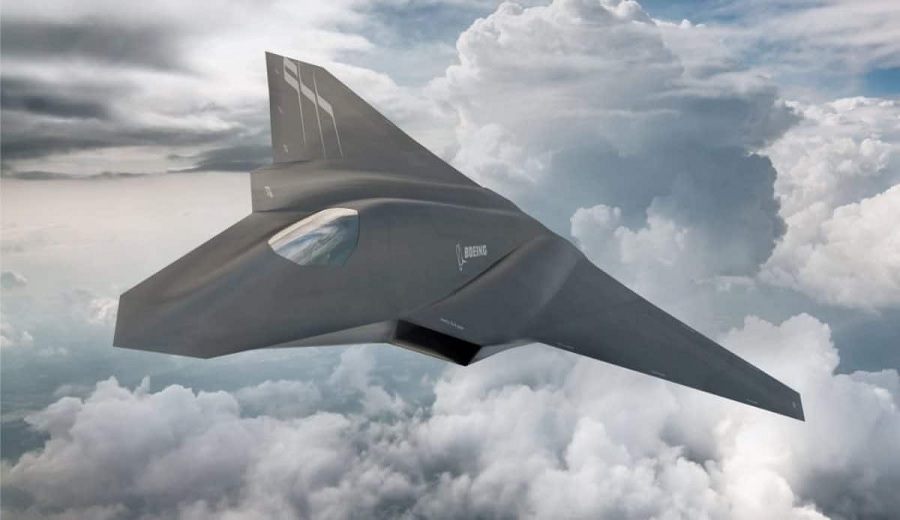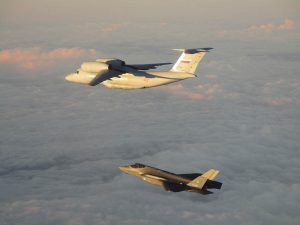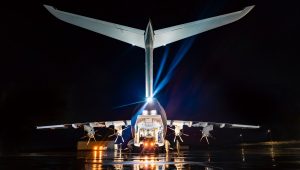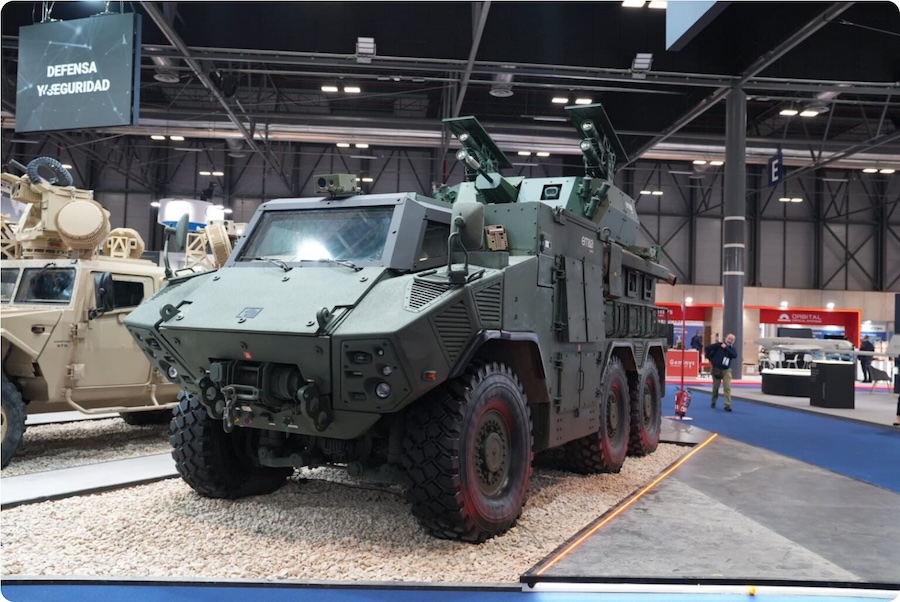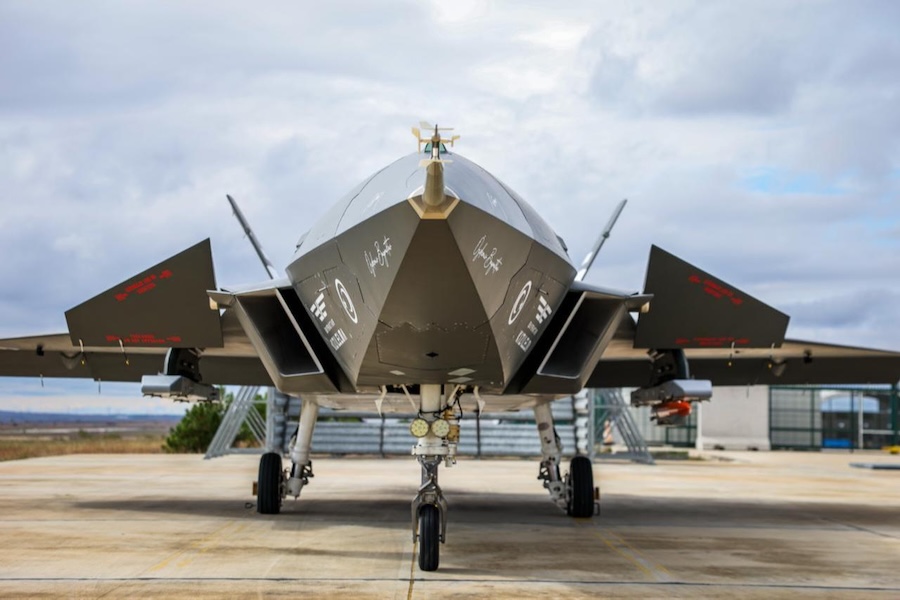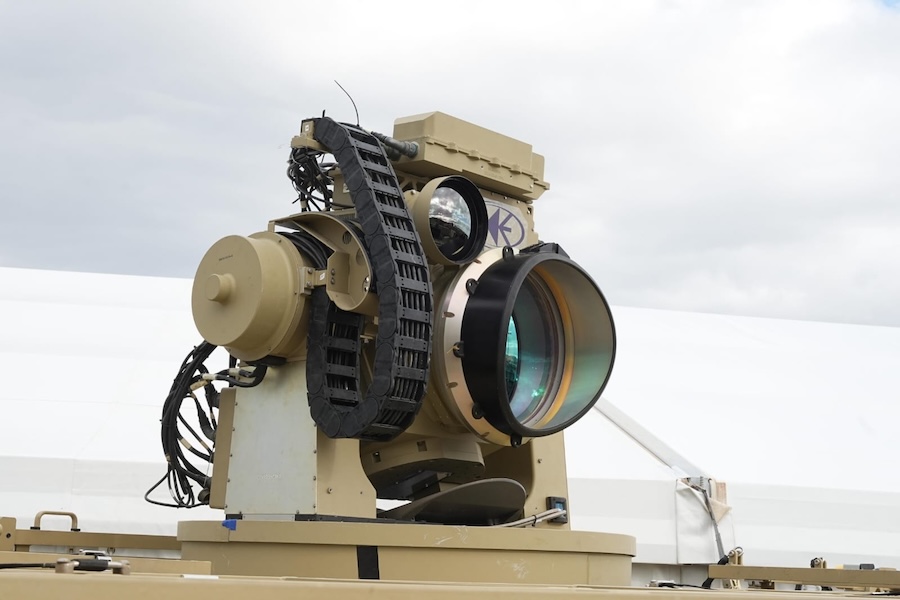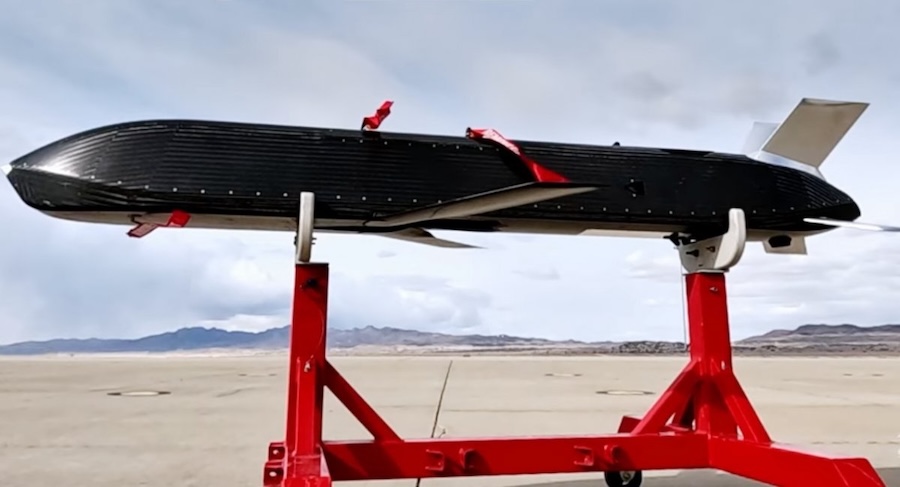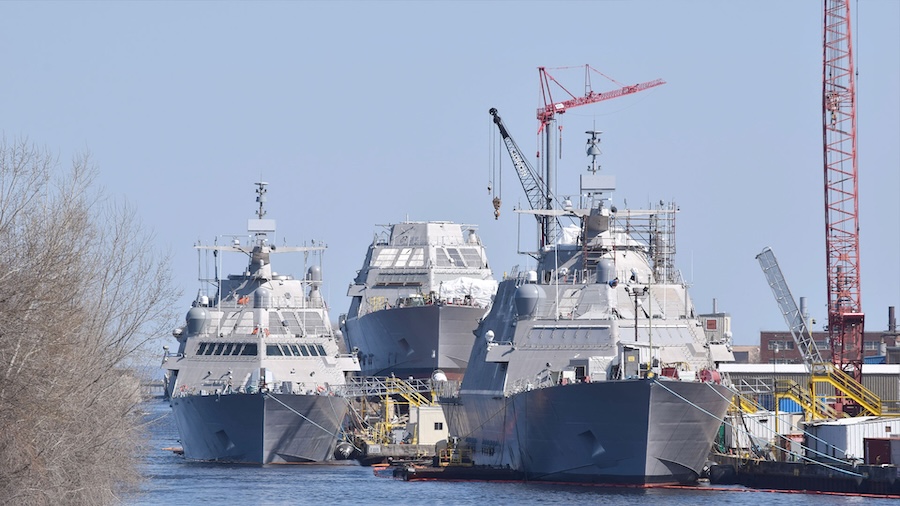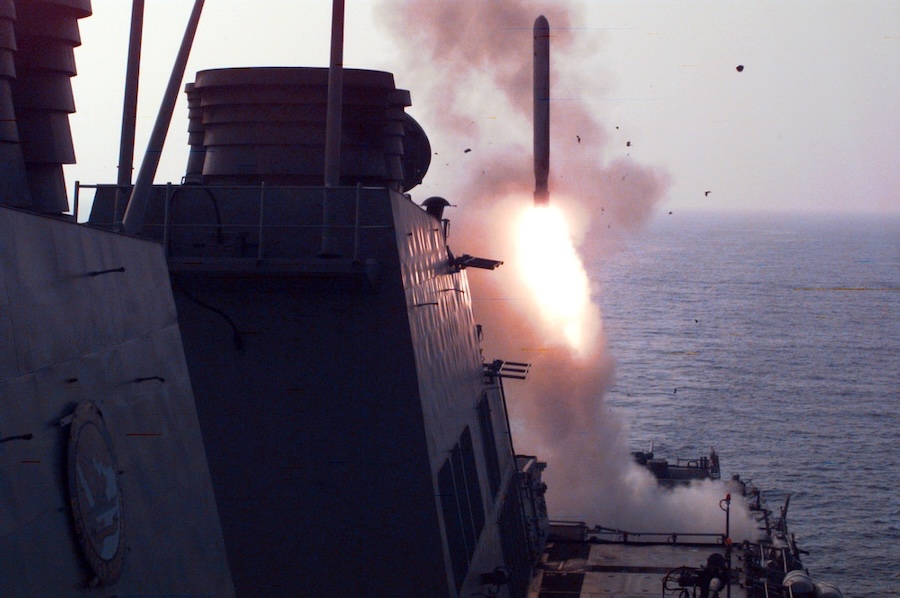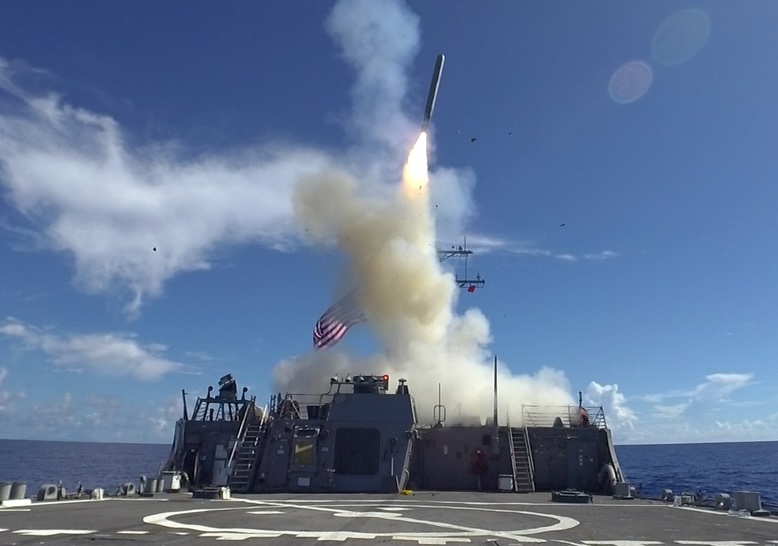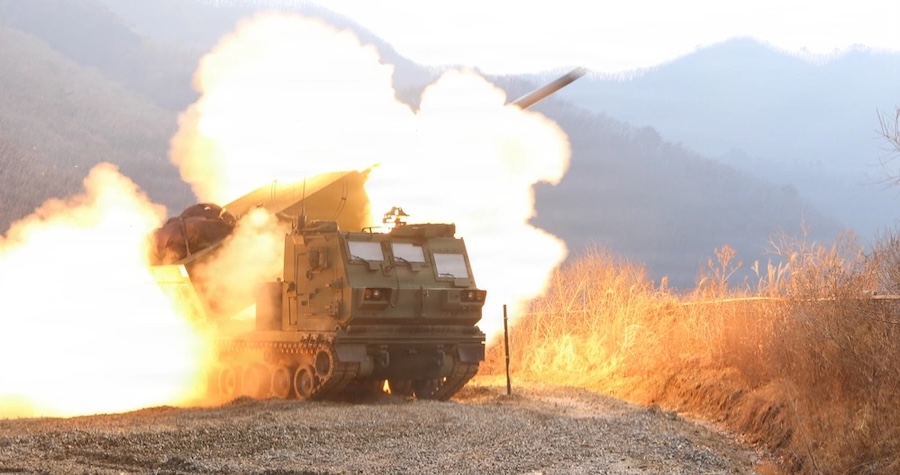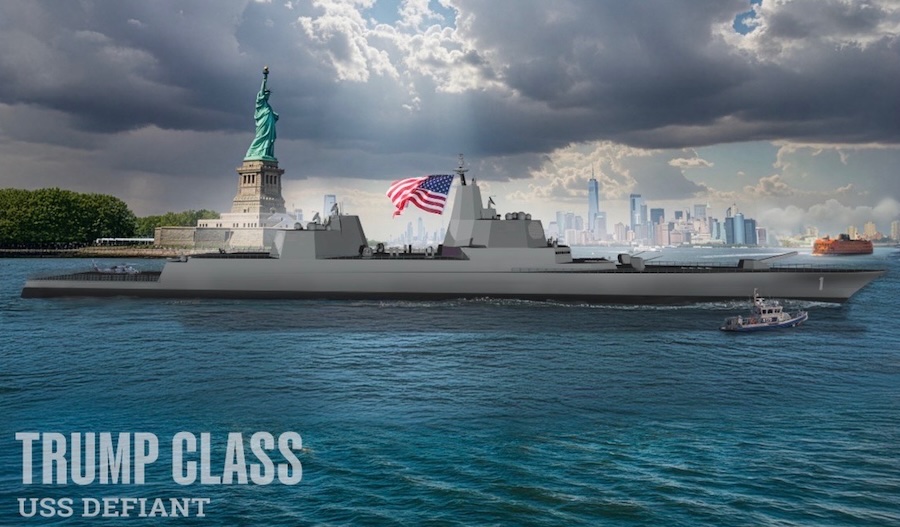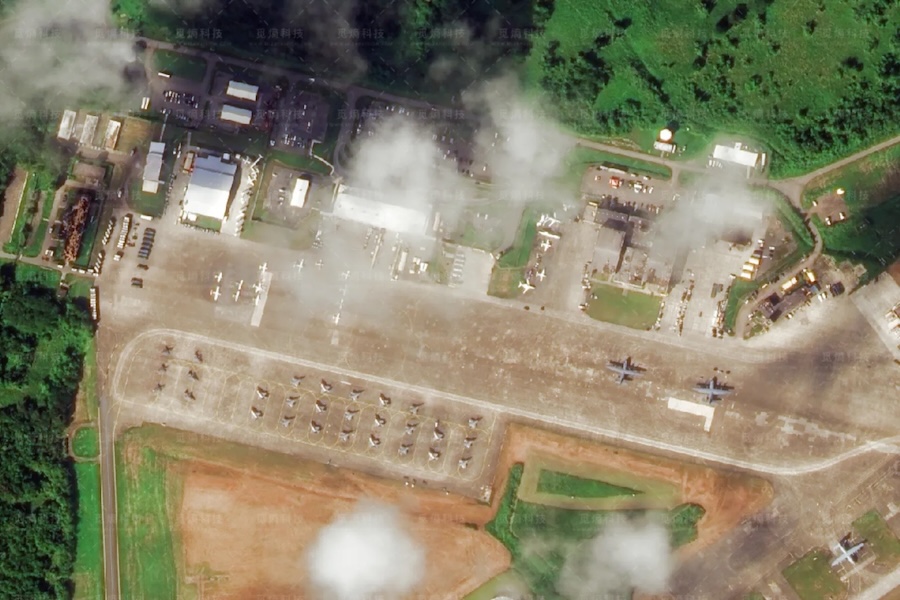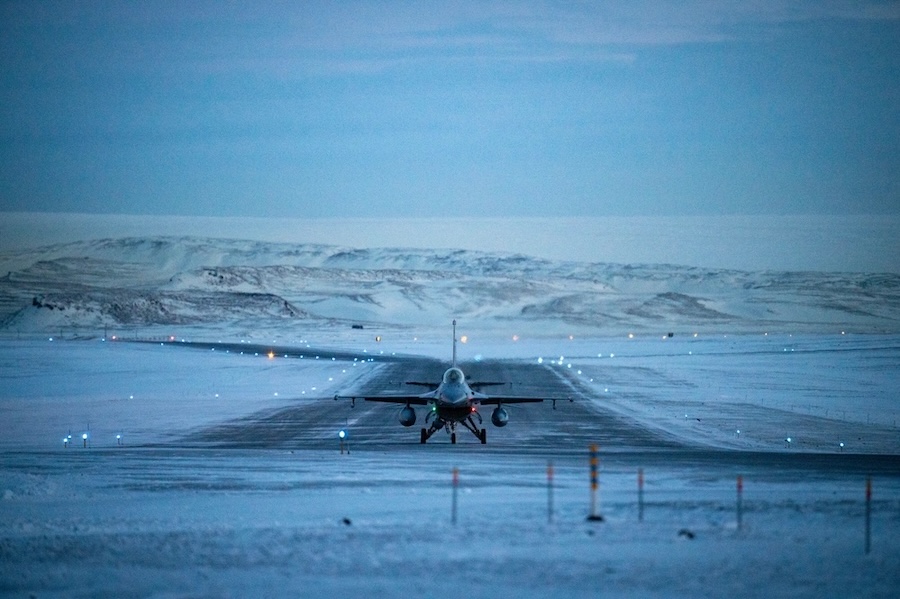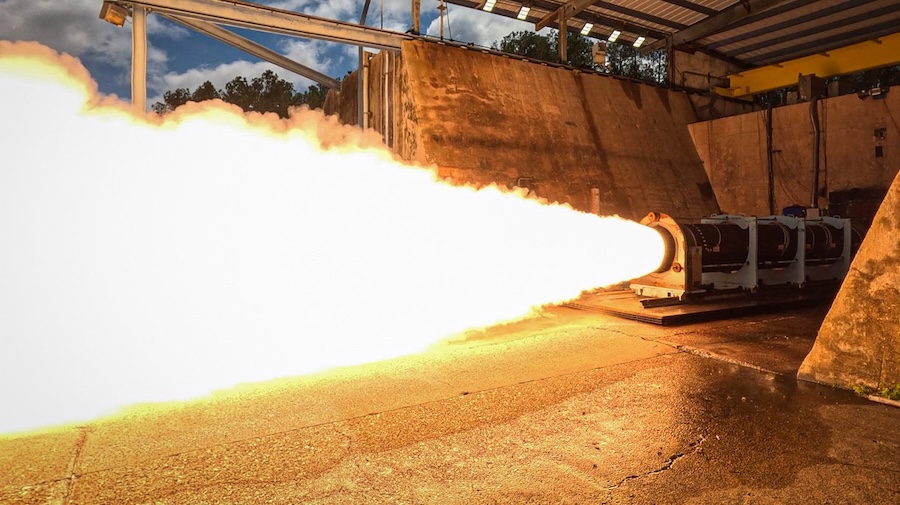The selection of Boeing concludes a period of strategic review and uncertainty surrounding the NGAD programme, which underwent a major reassessment in 2024 to revalidate its operational requirements, budget feasibility, and relevance to evolving global threats. Following the announcement, Boeing’s shares rose by 5%, while Lockheed Martin’s fell by 6%, reflecting the market’s reaction to the significant shift in U.S. military aviation procurement.
The $20 billion contract awarded to Boeing covers both the development and construction of prototype aircraft and includes an option for limited initial production. According to the official explanation, the F-47 designation pays tribute to the WWII-era P-47 Thunderbolt, aligns symbolically with the Trump administration, and references the founding year of the U.S. Air Force.
Boeing’s success marks its first USAF fighter jet contract win since the P-26 Peashooter era, excluding its inherited platforms from McDonnell Douglas such as the F/A-18 and F-15. The company’s bid was supported by the largest defence investment in its history, including the development of a $1.8 billion advanced production facility within its Defence, Space & Security division.
NGAD aims to field a sixth-generation air superiority fighter with unmatched capability across survivability, range, situational awareness, and sensor fusion, while supporting future integration of technologies not yet matured. Modular architecture is a cornerstone of the F-47’s design, enabling rapid incorporation of new capabilities, a necessity in the face of accelerating global military technological advancements.
The aircraft’s development has been informed by extensive testing using demonstrator platforms developed by Boeing and Lockheed Martin under DARPA’s direction, which first flew in 2019 and 2022. These demonstrators completed hundreds of flight hours and contributed directly to reducing development risk in critical areas such as radar cross-section reduction and manned-unmanned teaming.
The F-47 will be powered by propulsion systems developed under the Next Generation Adaptive Propulsion (NGAP) programme, with two candidates currently in competition: GE Aerospace’s XA102 and Pratt & Whitney’s XA103. Both designs draw from the Adaptive Engine Transition Program (AETP), begun in 2016, and aim to deliver increased thrust, improved fuel efficiency—potentially by 25% over current F135 engines—and enhanced thermal management systems vital for operating advanced onboard electronics.
General Allvin highlighted that the F-47 would offer greater range than current multi-role aircraft, possess a significantly lower radar signature, and require less maintenance and logistical support than fifth-generation fighters. “It will be simpler to operate and deploy than the F-22A, with a higher level of mission readiness and reduced reliance on large support infrastructure,” he stated.
Preliminary graphics released by Boeing show only the nose section of the F-47, suggesting design cues from Boeing’s earlier YF-118G “Bird of Prey” demonstrator. Notably, the renderings appear to include canard foreplanes—an unusual feature due to their known impact on radar visibility—implying a potential trade-off to enhance manoeuvrability or flight control.
While the exact wing configuration, engine count, and air intake design remain undisclosed, speculation points to a tailless delta or lambda-wing layout, potentially using two engines. All previous NGAD contender concepts have featured twin engines with under-fuselage or under-wing intakes, a configuration expected to be mirrored in the F-47.
The NGAD programme has attracted controversy over projected costs, with earlier figures suggesting a per-unit price of $300 million, making it the most expensive fighter development programme in USAF history. Although President Trump declined to disclose unit cost citing national security concerns, General Allvin stated the F-47 would be less expensive than the F-22A and produced in greater numbers.
Initial USAF procurement plans suggest a minimum of 200 aircraft, with internal projections reportedly ranging from 220 to 250 units. By comparison, the F-22A programme was curtailed after 195 aircraft. The Department of Defense’s 2025 budget proposal allocates $19.6 billion over five years for NGAD-related development, in addition to the EMD contract’s $20 billion value.
The F-47’s projected capabilities position it as a platform not only for air dominance but also as a central node in a wider combat network integrating unmanned systems, electronic warfare assets, and space-based sensors. The ability to operate in contested environments while coordinating with autonomous platforms is seen as a critical attribute in the future battlespace.
President Trump also announced that a reduced-capability version of the F-47, reportedly scaled down by 10%, may be offered to select allied nations. However, this export initiative faces political and strategic hurdles, particularly in light of international efforts such as the UK-Italy-Japan Global Combat Air Programme (GCAP), which represents an alternative sixth-generation fighter development.
Boeing is also competing in the U.S. Navy’s F/A-XX programme to develop a next-generation carrier-based aircraft. Its design is currently being evaluated against a proposal from Northrop Grumman, after Lockheed Martin was eliminated from the competition due to unmet naval requirements.
In conclusion, the F-47 contract win marks a historic shift in U.S. military aviation, elevating Boeing to a leading role in sixth-generation fighter development and reshaping the future of air dominance for the United States Air Force. With its modular design, adaptive propulsion, and networked warfare integration, the F-47 is poised to set a new standard for aerial combat power well into the mid-21st century.



